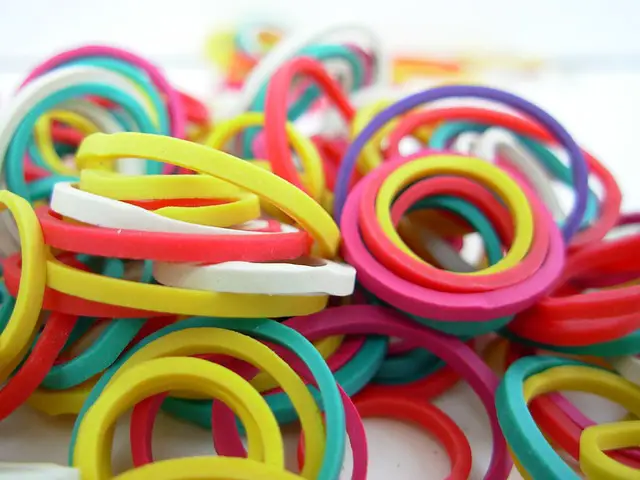Elasticity definition & what is more elastic-iron or rubber
Last updated on October 3rd, 2021 at 08:37 am
What is elasticity? As we hear the word ‘elastic’, an image of a rubber band or a very fit & flexible dancer comes into our mind. In this post, we will first discuss “what is elasticity” or the definition of elasticity. We must have observed that to change or deform the shape or size of an object, some amount of force is to be applied. Elasticity is all about regaining the original shape and size of that object as and when the force is removed. We will also discuss that topic that many people continuously argue on – what is more elastic rubber or iron?
Elasticity definition
The property, by which an object tends to regain its original size and shape when the applied force on it is removed, is known as Elasticity.
The deformation caused is called elastic deformation.
If we apply force to a lump of mud, it won’t show any tendency to regain its previous shape. We find it deformed permanently.
Such substances which don’t show any tendency of elasticity or in other words, substances with no tendency to regain original shape and size as the force is removed are called Plastic. And this property is known as plasticity.
What is more elastic rubber or iron?
The greater is the elasticity of the material, the greater would be its tendency to resist deformation and the greater would be its chance to get back to its original shape or size when the deforming force is removed.
Clearly, we can see with an equal amount of force being applied on an equal area of both, the iron rod will have much less deformity and much more chance to get back its original shape and size in much lesser time than the rubber band. So iron rod is a definite winner here.
Therefore, we can say that Iron is more elastic than rubber. In other words, iron shows elasticity while rubber exhibits plasticity.
Elastic Behaviour – causes
Each atom is surrounded by neighboring atoms; similarly, each molecule has its neighboring molecules surrounding it. Atoms are bonded together by interatomic forces; similarly, molecules are bounded by intermolecular forces.
All of these stay in a stable equilibrium position. When a force is applied the solid is deformed. the atoms/molecules are displaced from their equilibrium positions and interatomic and intermolecular distances change.
When the deforming force is removed, the interatomic forces try to drive them back to their original positions. If it is successful then the body regains its original shape and size.
Spring ball Model
The elastic behavior of solids can be well explained by Spring Ball Model. Here Atoms are modeled with balls and interatomic forces are represented with springs. If we try to displace a ball from its equilibrium position, then the spring system tries to restore the ball back to its original position.
Related study
Learn more about Stress and Strain, different types of stress and strain, Hooke’s Law, Modulus of Elasticity, etc here: Hooke’s law
Also, know about the extension-load graph here: Extension-load graph of spring & with analysis
And, this post will help you to understand Poisson’s ratio, strain energy & thermal stress: Poisson’s ratio & strain energy

